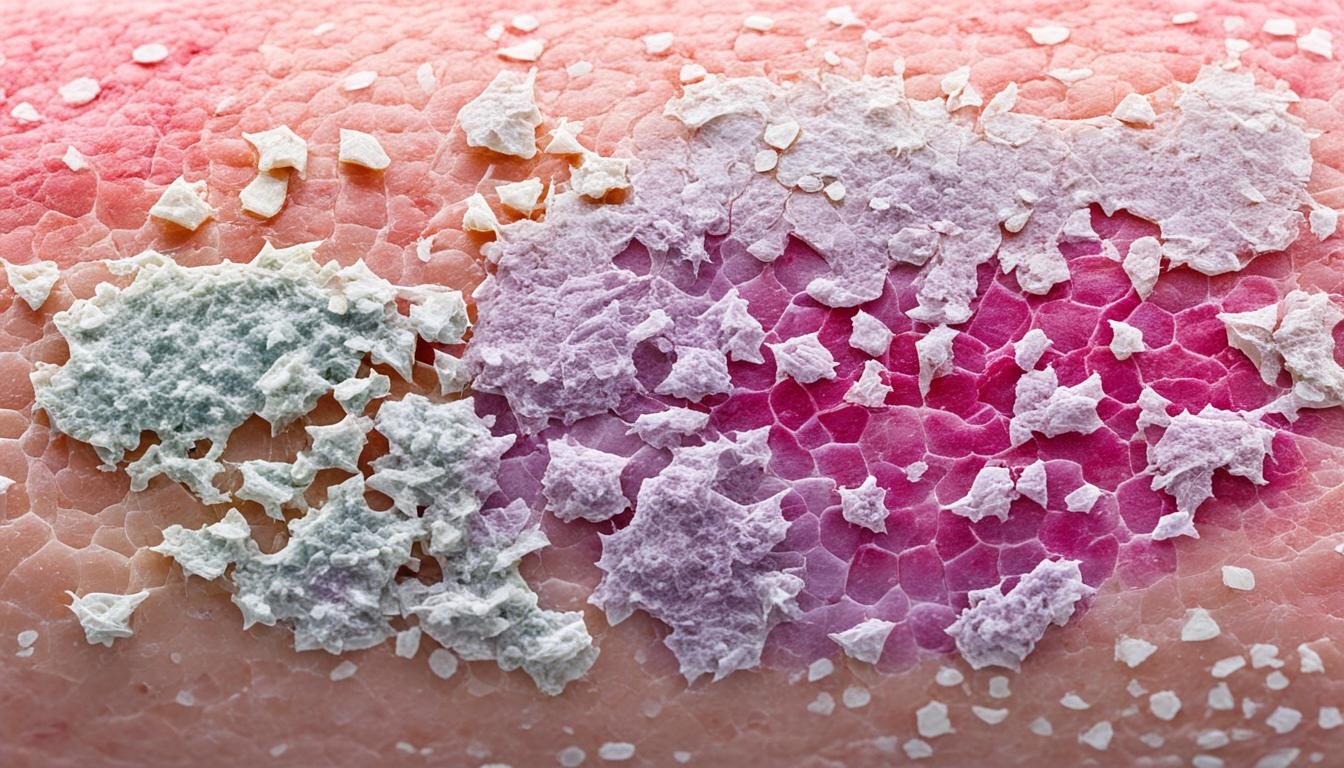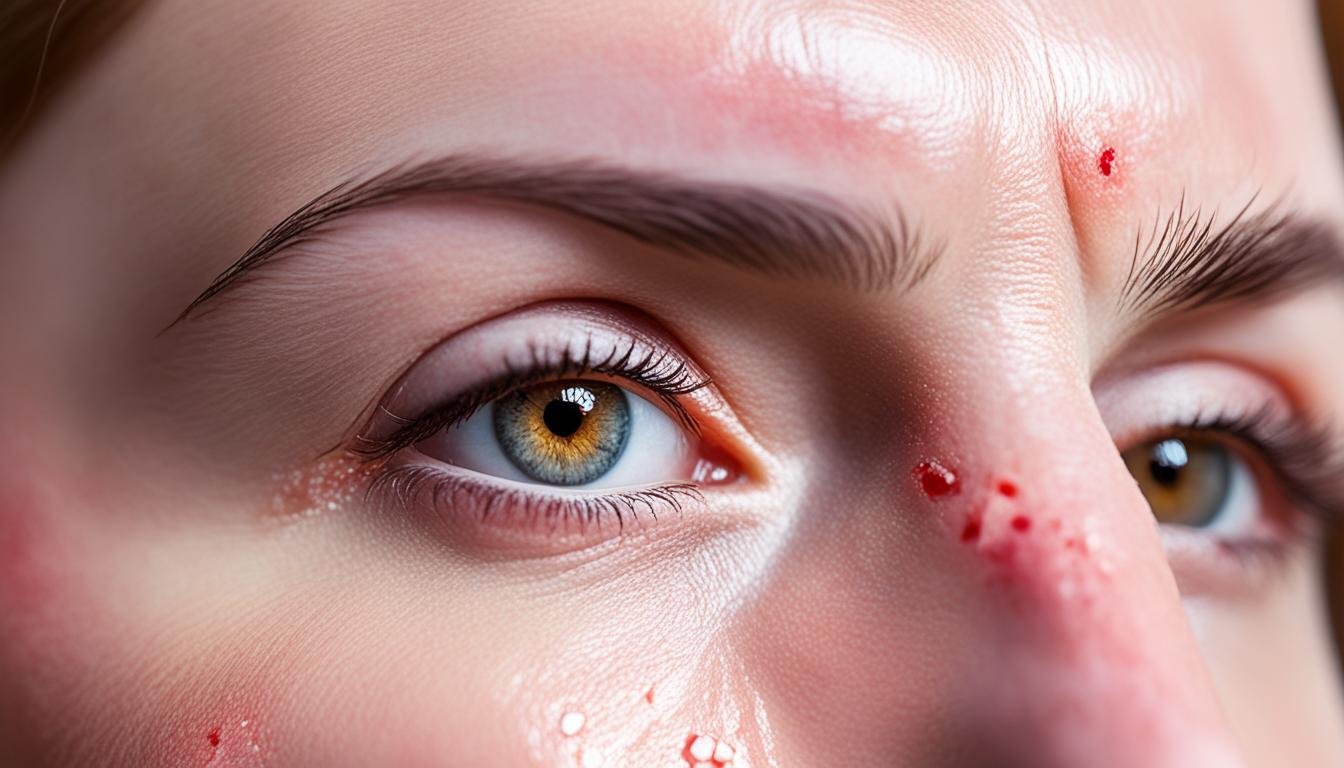In rare cases, severe seborrheic dermatitis, a type of eczema, might cause hair loss. Hair loss is not a usual sign of eczema. But, the inflammation and constant […]
Popular Posts
Trending Posts
Discover What Scabies Feels Like: Your Guide
Where Does Scabies Appear on Your Body?
Recent Posts
Editors Choice
Who Discovered Rosacea? Learn the History
Who Can Diagnose Rosacea: Expert Guide
Best Laser for Rosacea: Your Treatment Guide
Why Eczema Gets Worse at Night: Causes and Solutions
About 10% of people in the U.S. have eczema, a condition that causes itching, redness, and inflammation. Eczema often gets worse at night, affecting sleep for adults and […]
Why Eczema Turns Black: Causes and Solutions
Did you know eczema, also called atopic dermatitis, is most common in Africa and Oceania? In the U.S., it affects nearly 1 in 5 African American kids. This […]
Eczema on Neck: Causes and Solutions for You
About 31.6 million people in the U.S. deal with eczema, a chronic skin issue. It can show up on the neck, causing rashes, itching, and discomfort. This guide […]
Discover Why Eczema Appears on Your Hands
Did you know that hand eczema, also known as hand dermatitis, affects about 10% of people in the U.S.? This condition makes your hands dry, irritated, and prone […]
Discover Causes of Facial Eczema: Why & How to Treat
About 31 million Americans, or nearly 10% of the population, deal with eczema. This condition is common on the face, causing redness, itching, and flaky patches. It can […]
Eczema on Eyelids: Causes and Treatment Options
Did you know that 25-40% of people with atopic dermatitis, the most common type of eczema, face severe skin issues around their eyes? Eczema on the eyelids is […]
Why Eczema Itches: Understanding the Itch Cycle
Every person with eczema feels itchiness all the time, day and night. Eczema is often called “the itch that rashes.” Many find the itch the hardest part of […]
Understanding Why Eczema Happens: Causes Explained
Over 31 million Americans deal with eczema, a chronic skin issue. It can greatly affect one’s life quality. Knowing what causes eczema helps in managing it. It’s a […]
Who Treats Eczema: Finding the Right Specialist
Over 31 million Americans live with eczema, a condition that affects their daily life. If you’re among them, you don’t have to face it alone. Many medical experts […]










